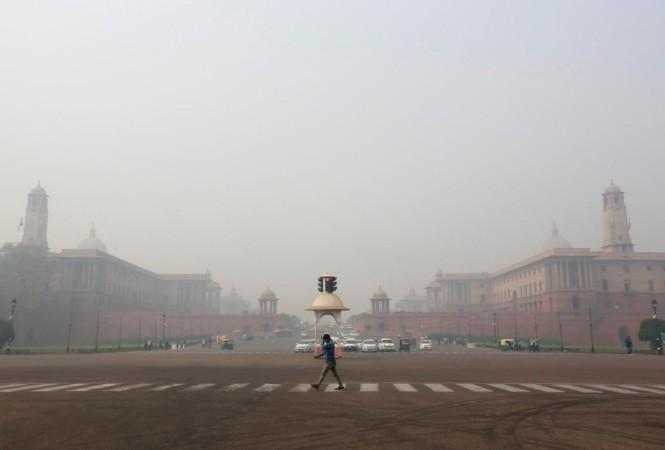
The debate for monetising defence lands has been making rounds in government establishment for a long time now. In September, the central government amend the terms of reference of the 15th Finance Commission (FC) so as to address "serious concerns regarding the allocation of adequate, secure and non-lapsable funds for defence and internal security of India". The decision would mean that the Ministry of Defence (MoD) would be allowed to raise fund from other sources.
A report published in the Economic Times says that till now the only source of funding for the defence forces has been the government's exchequer. Defence being the central subject in the Indian constitution means all the expense is borne by the central government. However, the funds were never enough. The government's money bank has constantly under pressure with critical demand of defence establishments for acquiring cutting edge weapons and pension bills. Indian defence forces which are heavily dependent on the imports never gets the amount it requests from the establishment. Over the years there have been regular 25% of the shortfall between allocations and defence ministry projection. For instance the as per MoD, capital and revenue expenditure in 2017-20 was somewhere around Rs 13.4 lakh crore in return it received only Rs 8.39 lakh crore that was a shortfall of Rs 5 lakh crore.

Unsatisfactory management of defence estates
One arena from where these shortfalls can be fulfilled is a large amount of lands and estates owned by defence force. These lands were taken over at the time of British and in today's terms, the value of these lands has increased multiple times. Initially, the land was purchased outside the city and when the population grew, these lands become prime. Major cities across India including Delhi, Mumbai, Chennai, Pune, Bengaluru or Kolkata has large cantonments. In fact, in the past, the Comptroller and Auditor General (CAG) had repeatedly highlighted the "unsatisfactory management of defence estates." The CAG reported that the defence land has been mismanaged either by local military authorities or unauthorised occupants who continue using the defence land despite the lease permission having expired long ago.
Moreover, the Army's decision to do away with Sainik farms could also provide a major source of finance if monetized properly. Unlocking the potential of real estate could help the defence forces get a major source of income. Although it's a tricky task as multiple agencies are involved, a special purpose vehicle for this issue could be the first step for tapping this potential.















